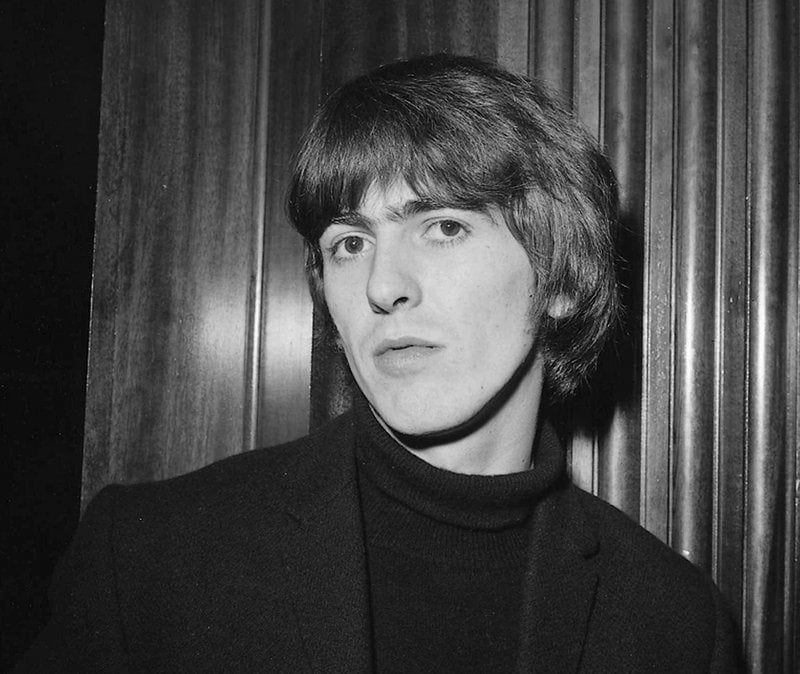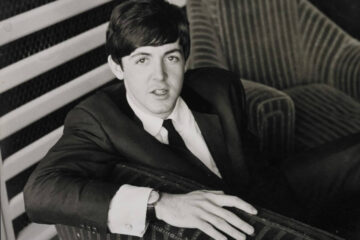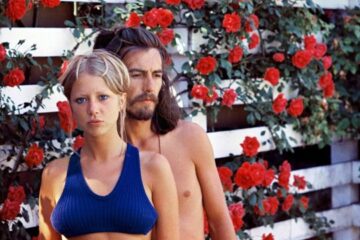The 1960s were a difficult time for live music. There were no shortage of killer bands, but as the calibre of musicianship increased throughout the decade, so too did the volumes and length of time onstage for many of the world’s most popular bands. Whereas most artists were commonly expected to play half an hour sets (at most) on package tours throughout the early part of the ’60s, experimental tendencies, plus a major boost in the viability of rock and roll shows, pushed live performance to its limits at the latter half of the decade.
Concert amplifications was, unfortunately, woefully unprepared for this sort of meteoric rise. Find any band that played above a whisper and for longer than three songs, including The Rolling Stones, The Grateful Dead, The Doors, The Who, Cream, or the Jimi Hendrix Experience, and you’ll find countless tales of underpowered PAs, intense amounts of feedback, and terrible sounding monitors that made the actual shows difficult to sit through. As major festivals began to become popular, PAs and amplification was required to make a major leap forward to accommodate the harder and louder sounds of the day.
One band that never got around to seeing live stage sound perfected was The Beatles. Although their run of concerts during Beatlemania were legendary, it’s almost impossible to find a large collection of quality recordings. Part of it had to do with the screaming fans at their shows, part of it had to do with the poor sound quality of the speakers and microphones that were in common usage at the time, and part of it was the venues themselves. The Beatles ushered in a new demand for large concert venues, with stadiums, arenas, and even airplane hangers being adopted to fit their gigantic appeal.
This led to notoriously wayward sound, both for the audience and the musicians onstage. In August of 1964, the band arrived in San Francisco to play at the Cow Palace in front of 18,000 fans, their largest audience up to that point. George Harrison described the venue as akin to “playing in the Mersey Tunnel. Its huge, arched ceiling seemed to extend to the heavens. People in the back seats looked like little ants.”
“This was by far the biggest audience that’s ever seen us and it was one of the most thrilling experiences of our lives,” Harrison wrote in a Daily Express column. “And one of the most painful.” The pain didn’t come from the lo-fi sound quality, however: it came from the constant bombardment of Jelly Beans (then called Jelly Babies) that fans threw at the band.
When Harrison told a local reporter that he enjoyed the candies, he wasn’t expecting to be treated by thousands of projectiles. “I lost count of the number of times those hard little jellybeans were showered upon us from four sides of the gigantic arena,” wrote Harrison. “I got hit on the back of the neck, on the face, on the nose, and on both hands, and also on my guitar.”
The torrent of delicious sweets eventually tapered off, but The Beatles were already growing weary of life on the road by 1964. Their airtight schedule left little room for the band to live their lives outside of the rotations of tours, studio recording, film shooting, and promotional appearances. As the band gained more freedom in the studio, they began focusing less on their live performances, and by the time the band reached 1966, their setlist still mostly reflected their bygone mop-top era.
In a case of serendipity, The Beatles career as a touring band would end in the same city, San Francisco, after a concert at Candlestick Park.



